I am currently working on developing some association mining for a table that contains product information. Put simply, the core table essentially looks like this:
I am currently grouping by the product and counting the total amount of distinct transaction IDs to see how many transactions a specific product is part of. This then turns the table into this:

My question is, once I do the group by is there a way to pull out the actual transaction ID without getting rid of the grouping? Maybe a way to concatenate the IDs into another column so it would look something like this:
Definitely open to other suggestions on how to get back to the original IDs. Thank you!


